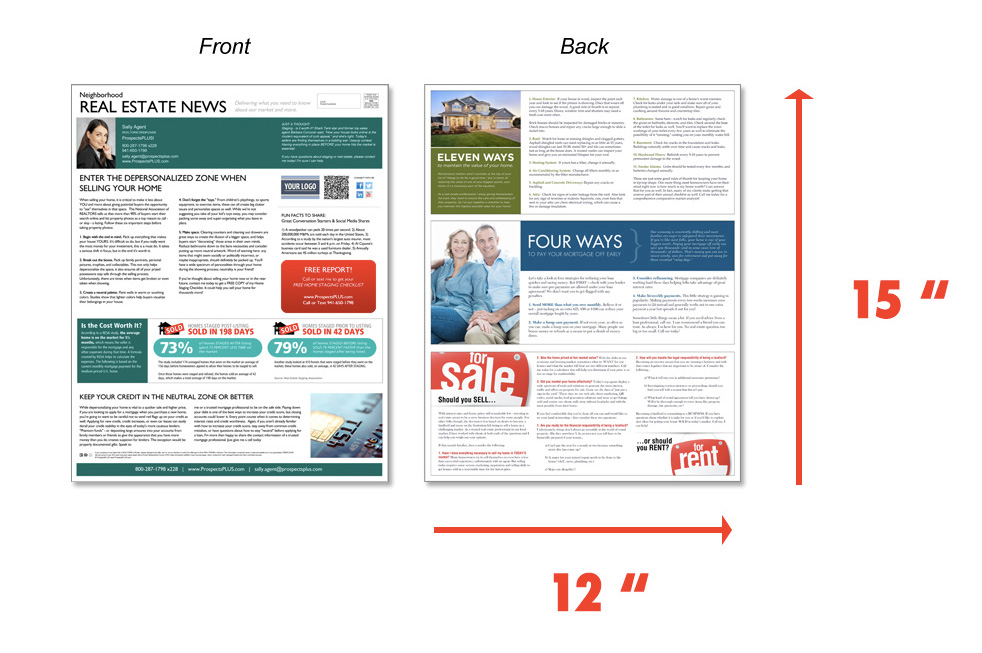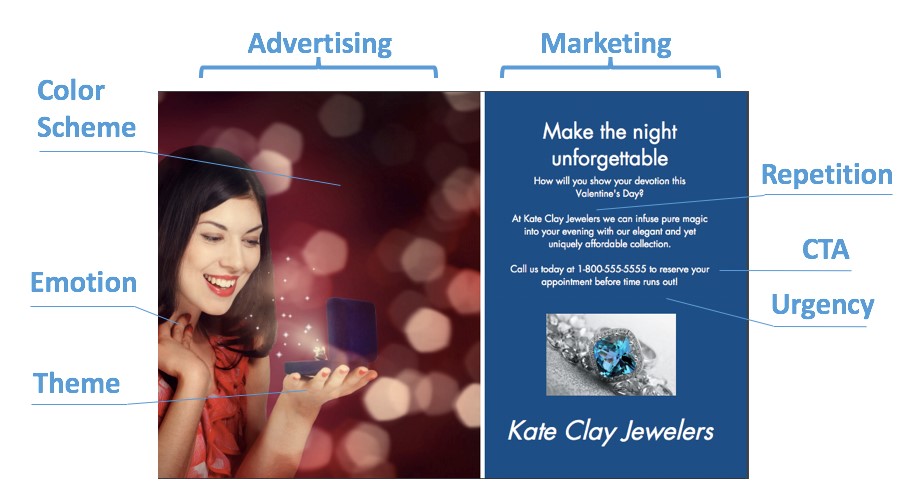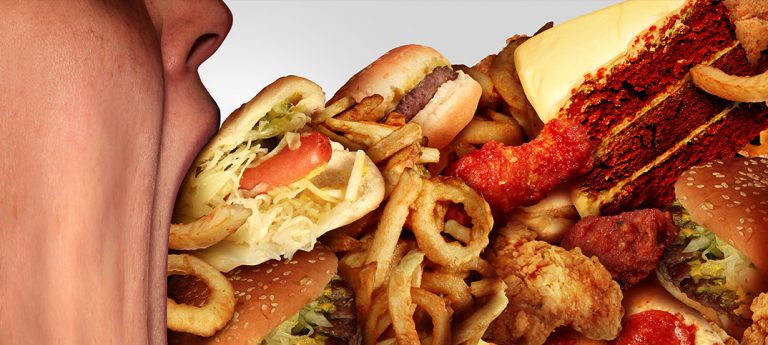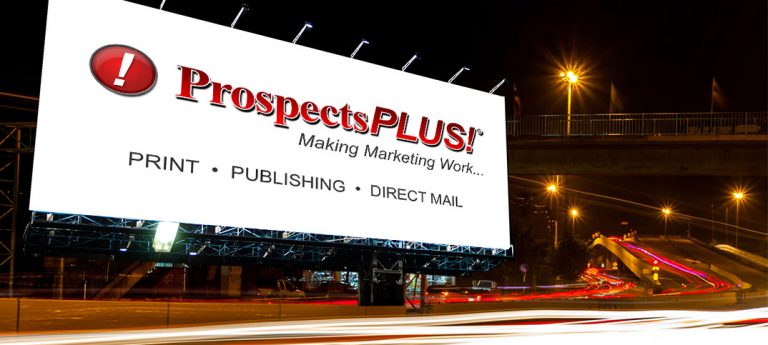The power of repetition
Have you ever met a super fit person who only visited the gym once?
Have you ever met a great chef who’s only cooked one meal?
What about a superb golfer who’s only shot one round?
Yeah, us neither.
So why the heck do businesses out there think that their marketing would be successful after only one or two postcard campaigns? Beats us.
Like all things, practice and repetition make perfect.
While practicing will help you get these 3 things right:
- Audience
- Offer
- Design
Repetition will help you conquer the fact that all of your customers are busy professionals, in or out of work. They’re husbands picking up their kids from lacrosse practice, they’re wives working long hours to advance their careers, and they’re neighbors trying to build thriving communities. Their attention is spread preciously thin, and you have to help them out by repeating your message.
This is called the principle of effective frequency which states that:
People need to be exposed to your brand message 5-7 times before purchasing.
What does that mean for those businesses who quit marketing after only 1 postcard campaign? after 2? after 4? They net only a fraction of the sales that they could have had. For those who stick with it however, it yields incredible results. Just ask some of the biggest brands on planet Earth who have found what works and stuck to it, repeating their messages millions of times until they became household names: (list courtesy of The Financial Brand)
- Breakfast of Champions, in use for 89 years
- Got Milk?, in use for 23 years
- Just do it, in use for 29 years
- What happens here, stays here, in use for 12 years
- 15 minutes could save you 15% or more on car insurance, in use for 7 years
This should be your aim as well: repeat your message until it really sinks in.
What does this mean for your direct mail marketing?
Actually, it means be less creative. That’s right, we said it: Stop changing your coloring, your branding, your images, and your font so much. Each time you make a major change, you start the shot-clock over again. Your customer has to remember a new you for the first time, and instead of 5-7 repetitions, you’re back to 1 or 2.
Instead, tweak and edit your most effective campaigns to make them better: resize the tagline, bold the phone number, and change the stock photo, but leave the majority intact.
Some of the most effective postcard marketing campaigns of all time were the same postcard sent over and over.
Here are some rules of thumb for maximum effectiveness:
- Plan to send 5-7 postcards, and design and schedule them all at once
(optional: have us design, stamp, and send it all for you) - Target them at the same group of people
- Design them to be consistent with your branding and message
- Change them only slightly – maintain the overall logo, color scheme, and tagline
- Hit send, sit back and track the results
Tracking the results is absolutely critical here because this is how you’re going to see the difference between the one-off “I got lucky” postcard campaigns and the sheer effectiveness of leveraging the effective frequency principle. Repeat it enough, they’ll hear it, and they’ll respond.
Ready to start? Here’s the web-to-print platform. Go forth, repeat yourself, and set yourself apart as a truly great marketer!
Need a helping hand?
Opportunity Knocks can combine this principle with hundreds of others to create a series of killer marketing campaigns that drive home results! Call us at 1 (866) 319-7109 today!






















